
Gate Valves, Check Valves, Globe Valve, DRV Valves, Ball Valves, Pressure Reducing Valves, Pressure Relief Valves, Air Vent / Release Valves, Cast Iron Valves, Cast Steel, Stainless Steel, Brass, Bronze & Ductile Iron.

A gate valve, also known as a sluice valve, is a valve that opens by lifting a barrier
out of the
path of the fluid.
Gate valves require very little space along the pipe axis and hardly restrict the flow
of fluid when
the gate is fully opened.
The gate faces can be parallel but are most commonly wedge-shaped.
SPECS :
ANSI & DIN
Standard
ORIGIN : USA, UK, & Italy
A check valve, non-return valve, reflux valve, retention valve, foot valve, or one-way
valve is a valve that normally allows fluid to flow through it in only one direction.
Check valves are
two-port valves, meaning they have two openings in the body,
one for fluid to enter and the other for fluid to leave
SPECS : ANSI & DIN
Standard
ORIGIN : USA, UK, & Italy


A globe valve, different from ball valve, is a type of valve used for regulating flow in
a pipeline,
consisting
of a movable plug or disc element and a stationary ring seat in
a generally spherical body
SPECS : ANSI & DIN Standard
ORIGIN : USA, UK, & Italy
A thermostatic radiator valve is a self-regulating valve fitted to hot water heating
system radiator
, to control the temperature of a room by changing the flow of hot water
to the radiator
SPECS : ANSI & DIN Standard
ORIGIN : USA, UK, & Italy


A ball valve is a flow control device which uses a hollow, perforated and pivoting ball
to control
fluid flowing through it.
It is open when the ball's hole is in line with the flow
inlet and closed when it is pivoted 90-degrees by the valve handle, blocking the
flow.
SPECS : ANSI & DIN Standard
ORIGIN : USA, UK, & Italy
A pressure regulator is a valve that controls the pressure of a fluid or gas to a desired
value,
using negative feedback from the controlled pressure.
.
SPECS : ANSI & DIN Standard
ORIGIN : USA, UK, & Italy
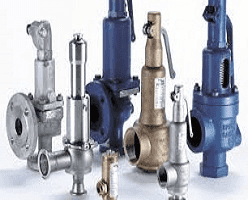
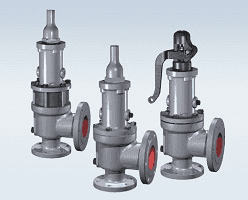
A relief valve or pressure relief valve is a type of safety valve used to control or
limit the
pressure in a system; pressure might
otherwise build up and create a process upset, instrument or equipment failure, or fire.
SPECS : ANSI & DIN Standard
ORIGIN : USA, UK, & Italy
Air Release Valves, or Air Relief Valve function to release air pockets that collect at
each high
point of a full pressured pipeline. An air
release valve can open against internal pressure, because the internal lever mechanism
multiplies the
float
force to be greater than the internal pressure.
SPECS : ANSI & DIN Standard
ORIGIN : USA, UK, & Italy
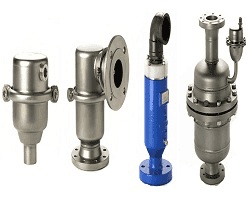
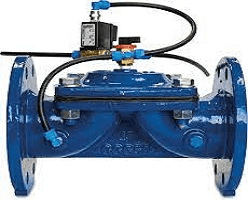
It is an alloy made from 96%-98% iron, 2%-4% carbon, and small amounts of silicone. It
has impressive
temperature tolerance,
with some cast iron capable of handling temperatures over 2100F (1150C).
When it comes to pressure, cast iron's strength depends on its pressure clas.
SPECS : ANSI
& DIN Standard
ORIGIN : USA, UK, & Italy
Cast steel valves are manufactured using a process called 'casting'. This method requires
the steel
to be melted and then molded into the desired shape. Modern cast steel valves are very
competitive in
terms of strength, longevity, quality, and wear resistance
SPECS : ANSI & DIN
Standard
ORIGIN : USA, UK, & Italy
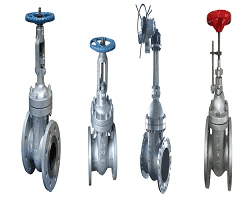
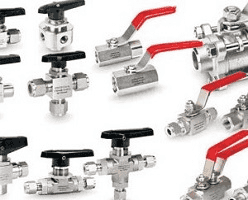
Steel valves are durable. Stainless steel valves are especially tough because they are
made of steel
and because of their corrosion resistance. Steel valves can handle both high and very
low
temperatures. Steel valves are usually rated for a broader range of operating
temperatures than brass
or plastic valves..
SPECS : ANSI & DIN Standard
ORIGIN : USA, UK, & Italy
Brass is a copper and zinc alloy. Brass valves are more versatile and malleable than
bronze, and they
can be made through casting, heat extrusion, forging, or cold drawing. The material
naturally has a
smooth finish that can save on finishing costs
SPECS : ANSI & DIN Standard
ORIGIN : USA, UK, & Italy
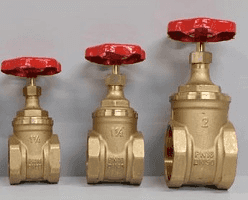

Made primarily from copper and tin, this metal is both strong and malleable. It does not
crack as
easily as iron as it has high ductility.
SPECS : ANSI & DIN Standard
ORIGIN : USA, UK, & Italy